simulate this circuit – Schematic created using CircuitLab
Hello!
I have constructed my very first amplifier with 2n3904 transistor, based on the diagram and suggestions from comments from here: Class A single transistor amplifier with 2N3904.
I know that I'm working close to it's thermal limits, but that's not the problem. You see, when using it everything sounds like it is a earrape remix of the thing i'm playing. Also, RL (47ohm) is getting very hot, almost to the point of it getting dark, while the transistor is only a little bit warm.
At first I constructed it with R1=2.2k, R2=1k, RL=22ohm and the same caps and potentionometer, sound was louder, as expected, but RL(22ohm) started smoking and darkened.
After increasing the resistances to those stated on the schematic the bass problem started. How can I get rid of it?


